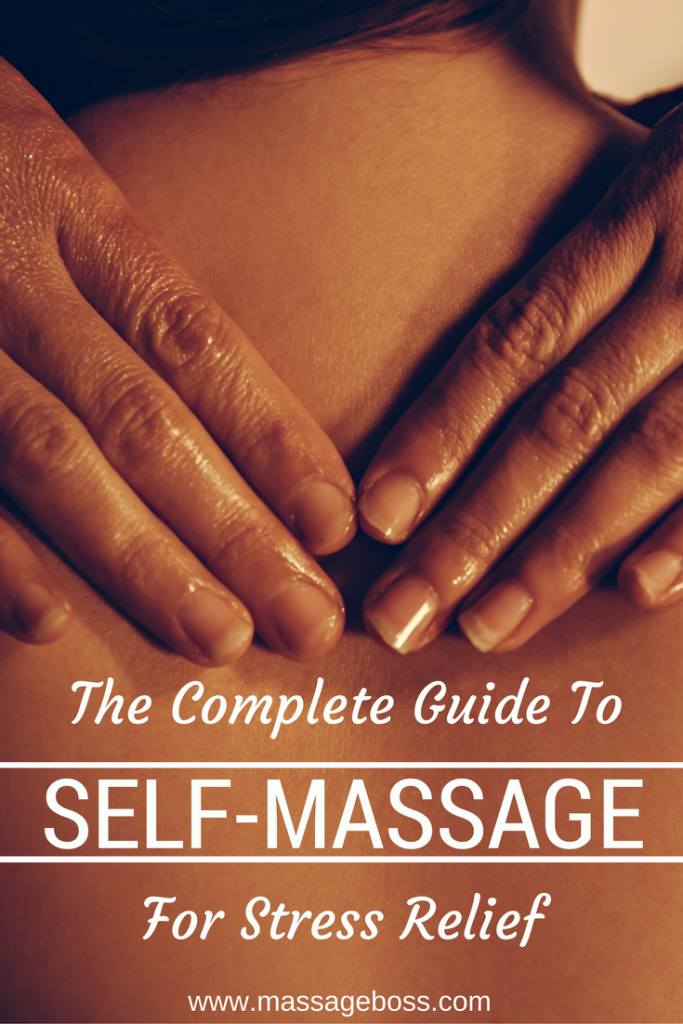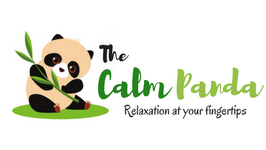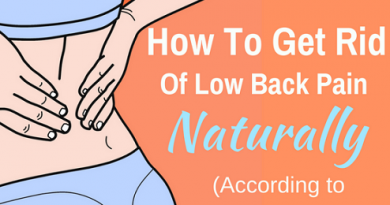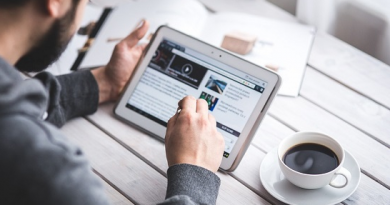5 Easy Self-Massage Techniques For Instant Stress Relief
Stress fuels everything we do in life. Whether it’s a crucial decision, competitive sports, or a job, we all need a little push to produce the best possible result.
But if you don’t grip stress by its tail and let it control you, it will manifest itself as hypertension, depression, and a host of other potentially life-threatening conditions. Fortunately, there’s a quick and safe method that can help you cope with stress without relying on medications: massage.
Research shows that massage works not just in alleviating stress but also in promoting mental health among highly stressed professionals like ICU nurses and wrestlers. Majority of us, however, still think of massage as something you can only get from a therapist in a high-end spa.
But you don’t have to go broke to stave off stress. The following self-massage techniques allow you to benefit from your own healing touch:

For Your Back.
A study in the Journal of Anesthesia finds that back massage not only reduces stress but also improves immune function. But when no one is around to give you a back rub, how exactly can you do it on your own?
First, figure out where the sore spots are located. If it’s in the lower back, your two thumbs are enough to release the knots, provided that you’re not suffering from arthritis or any condition that might hinder you from using your fingers. On the other hand, if you’re targeting the upper back, or if your thumbs aren’t in good shape, a golf or tennis ball is a good alternative.
Related Article: How To Give An Awesome Back Massage That Melts The Pain Away
For the lower back: Stand up and rest your hands on your waist. Place your two thumbs on either side of the spine, facing forward. Gently press the thumbs into the muscles, moving up, down, or in a circular motion as you navigate the area.
Be careful not to apply pressure directly on the spine. Prolong the pressure on the spots where you feel the most tension while making sure not to cause any pain. Take slow, deep breaths as you apply each massage stroke.
For the upper back: Place a golf or tennis ball between the wall and your back. Gently roll your back over the ball, focusing primarily on the area between the shoulder blades. Repeat until you feel relief. For easier grip, place one or two balls inside a sock, seal both ends with a knot, and use the loose cloth as your handle to facilitate massage.
For Your Shoulders & Neck.
As with back muscles, the trapezius–which stretches from the neck down to the top of the shoulders–also tightens as a response to stress. According to a 2013 study in Evidence-Based Complementary and Alternative Therapies, massage therapy works well in managing shoulder and neck pain.
If you prefer to massage yourself, you either go manual or automatic. The latter refers to the high-tech neck and shoulder massagers which can dig into your muscle knots at the flick of a switch. Meanwhile, if you want something more cost-effective, a self-massage would be a better alternative, as long as your fingers are still functioning normally.
Related Article: How To Massage Shoulders And Neck In 5 Easy Steps
The following video teaches how to apply finger pressure on specific points in the neck and shoulders associated with stress relief:
Step 1: Locate the two acupressure points on your right shoulder slightly above the shoulder blade. Form a hook by curving the fingers of your left hand. Pressed each point with these hooked fingers for 2 to 3 minutes, taking slow, deep breaths as you do so. Repeat on the other side.
Step 2: Place your finger on the ropy muscle of the neck, located two finger widths below the skull and running parallel to the spine. Apply finger pressure for 2 to 3 minutes while you do deep breathing exercises. You can massage one side with one hand or work on both sides simultaneously.
Move to the upper outer area of the neck, immediately below the skull. Apply the same finger pressure on both sides as you breathe deeply. Repeat several times throughout the day whenever you need to release tension.
For Your Feet.
Much of what we know about healing powers of our soles are based on reflexology. It believes that our feet have several reflex points connected to different body organs and that stimulating them can help address specific health issues.
Regardless of the type of massage, touching the feet can be an exhilarating experience, what with almost 200,000 nerve endings that make our soles extremely sensitive.
In a study involving men and women in a Japanese community, a self-administered aroma foot massage significantly reduced blood pressure and anxiety among the subjects.
Here are three ways to give yourself a stress-relieving foot massage:
Reflexology: Sit in a comfortable chair. Rest your foot on the thigh or knee of the opposite leg. For stress relief, focus only on three specific reflex points: the adrenal, solar plexus, and the diaphragm, all of which are located in the middle of sole just below the metatarsal bones.
Apply finger pressure or thumb walking on each point for at least 2 to 3 minutes, taking slow and deep breaths as you do so. Repeat on the other foot.
Improvised Massage: If you have a condition that makes it hard to cross your legs, grab a tennis or golf ball instead. You can also use a rolling pin.
While sitting in a chair, roll your foot over the ball or pin for 2 to 3 minutes, applying pressure on the arch and other tension spots as you roll it back and forth. The action will help stretch your feet muscles and release the tension without you lifting a finger. Repeat on the other side.
Foot Massager: Another great alternative, especially for those with stiff, arthritic fingers, is the use of foot massagers. They are of two types: manual and electronic.
The former usually comes in the form of wooden rollers with pointed knobs to stimulate your foot muscles. The latter, on the other hand, comes with fancier features like heat and innovative massage technology that rubs and squeeze every side of the feet at a click of a button.
For Your Hands.
Like the feet, your hands also contain reflex/meridian points that can be stimulated to produce the desired effect on your health. Hand reflexology may be relatively less popular than foot reflexology, but studies show massaging your hands can be just as effective.
In a 2009 study in The Journal of Alternative and Complementary Medicine, a 5-minute massage effectively reduced the stress levels of patients receiving end-of-life care. Meanwhile, a 2012 study published in the Journal of Caring Sciences shows the same duration of massage (5 minutes) reduced the anxiety of patients before an eye surgery.
There are two ways to reap the stress-relieving benefits of hand massage:
Full hand massage: As shown in the video below, this technique involves kneading your whole hand, including the palm, back, and fingers. This is ideal for those who aren’t only suffering stress but also complain of painful hands either due to arthritis or strain/overuse injury. A soothing cream may be applied before the start of the massage, but it is optional.
Quick hand reflexology: Place your thumb on the solar plexus of the other hand. The solar plexus is located in the middle of the palm and is often linked to stress and anxiety relief. Press the spot for at least 2 to 3 minutes while you take slow, deep breaths to release tension. Repeat on the other palm.
For Your Head.
Stress can trigger different body aches, but none as painful as a tension headache. Also known as stress headache, this condition afflicts 80% of Americans from time to time and is caused by tightened muscles of the scalp or neck as a response to mental or emotional stress.
In a 2016 study published in the Journal of Physical Therapy Science, 34 female office workers were given scalp massage twice a week for 10 weeks. Regardless if the massage lasted 15 or 25 minutes, all the subjects demonstrated reduced heart rate, blood pressure, and stress hormones after the study.
Giving yourself a scalp massage is pretty straightforward. Ideally done after a shower, it requires the use of your fingertips in applying gentle, circular pressure on your scalp–from the frontal region to the back of the head. As a finishing touch, press your palms on the sides of the head starting from the temple area, directing the pressure upward as you move from one spot to another.




